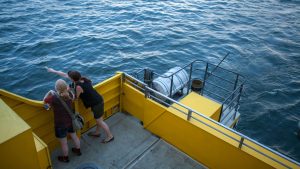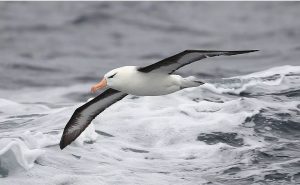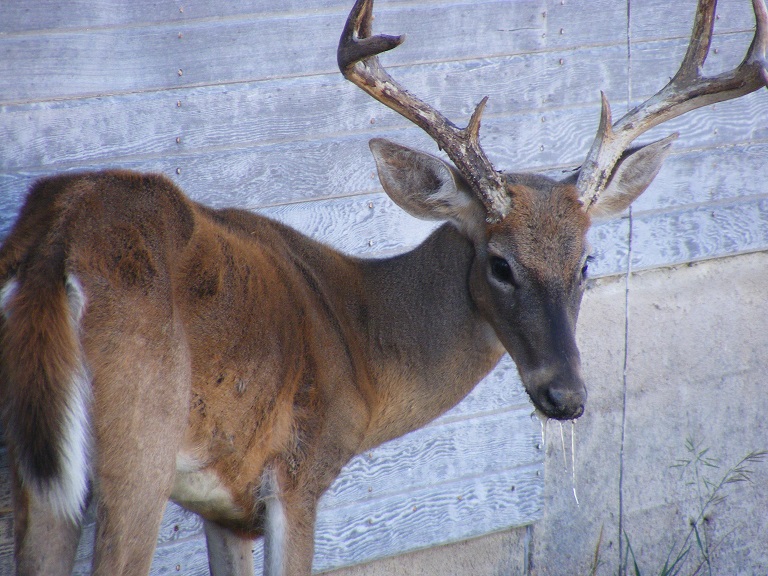Where to Observe Pelagic Bird Species
Thursday, May 24th, 2018This is Passport to Texas
Pelagic bird species live their lives on the open water, rarely touching land except to breed.
[They need] a place where they’re going to have courtship and mating and build a nest so they can lay eggs and raise young. They can’t obviously do that on the water.
Cliff Shackelford is Texas Parks and Wildlife’s non-game ornithologist.
If you’re an angler, if you’re a surfer—you know people that really like to be out on the open water—you like boating, sailing, you’ve got to feel a special connection to these birds. Because these are your birds, because they’re out on the open water just like these people that love to be out on the water. And these birds spend their whole time out there. And it’s just remarkable.
Pelagic species go largely unseen.
In the Gulf of Mexico, we’ll have “strays” that we’ll never know are out there until somebody goes out there to look, or a specimen washes up on the beach. This is not heavily birded terrain; it’s difficult to get to. There are a lot of fishing crews that go out with guided fishing tours. Actually, a lot of birdwatchers have figured that out: don’t wait for a birding group to get a boat full of people to go out to the Continental Shelf to look at birds. Jump in on a fishing tour—one that might be out for two or three days. Instead of fishing for the big fish out there, you’re looking for birds that are also looking for fish.
The Wildlife restoration program supports our series.
For Texas Parks and Wildlife…I’m Cecilia Nasti.







 Passport to Texas is a
Passport to Texas is a  Passport to Texas is made available by:
Passport to Texas is made available by: